

 1
1




 1
1




Western Montana gardener and botanist in zone 6a according to 2012 zone update.
Gardening on lakebed sediments with 7 inch silty clay loam topsoil, 7 inch clay accumulation layer underneath, have added sand in places.

 7
7




![Filename: carrot-0629181938-01.jpg
Description: Carrot flowers [Thumbnail for carrot-0629181938-01.jpg]](/t/57161/a/62429/carrot-0629181938-01.jpg)
![Filename: poppy-20180630.jpg
Description: Poppy flowers [Thumbnail for poppy-20180630.jpg]](/t/57161/a/62430/poppy-20180630.jpg)
![Filename: wild-tomatoes-20180630.jpg
Description: Promiscuously pollinating tomatoes [Thumbnail for wild-tomatoes-20180630.jpg]](/t/57161/a/62431/wild-tomatoes-20180630.jpg)
![Filename: overview-0629181444-00.jpg
Description: From a hill overlooking the squash field [Thumbnail for overview-0629181444-00.jpg]](/t/57161/a/62432/overview-0629181444-00.jpg)
![Filename: munching-on-daylily.jpg
Description: Daylily flowers are edible [Thumbnail for munching-on-daylily.jpg]](/t/57161/a/62433/munching-on-daylily.jpg)
![Filename: sin-et-pheel-wheat-062918.jpg
Description: Loving the huge heads on this ancient wheat [Thumbnail for sin-et-pheel-wheat-062918.jpg]](/t/57161/a/62434/sin-et-pheel-wheat-062918.jpg)
![Filename: mountains-jacket-advised.jpg
Description: If you come visit my farm, be sure to bring a jacket, even during the day in the summer! [Thumbnail for mountains-jacket-advised.jpg]](/t/57161/a/62435/mountains-jacket-advised.jpg)
![Filename: row-cropping-0628181820-00.jpg
Description: Row cropping tomatoes and cucurbits. [Thumbnail for row-cropping-0628181820-00.jpg]](/t/57161/a/62436/row-cropping-0628181820-00.jpg)
![Filename: cherries-0628181804-00.jpg
Description: Nanking cherries [Thumbnail for cherries-0628181804-00.jpg]](/t/57161/a/62437/cherries-0628181804-00.jpg)
![Filename: lupine-small-0624181608-01.jpg
Description: Expect to be wildcrafting seeds from these in a couple weeks [Thumbnail for lupine-small-0624181608-01.jpg]](/t/57161/a/62438/lupine-small-0624181608-01.jpg)





 1
1




Miles Flansburg wrote:Joseph are you collecting all sorts of wildflowers or just certain ones ? I might be able to collect some from our property in Wyoming if you like?
![Filename: potawatamie-plum-breeding.jpg
Description: potawatamie plum seedlings [Thumbnail for potawatamie-plum-breeding.jpg]](/t/57161/a/62554/potawatamie-plum-breeding.jpg)

 2
2








John Daley Bendigo, Australia The Enemy of progress is the hope of a perfect plan
Benefits of rainfall collection https://permies.com/t/88043/benefits-rainfall-collection
GOOD DEBT/ BAD DEBT https://permies.com/t/179218/mortgages-good-debt-bad-debt





How much do you enjoy the taste of daylily flowers? I adore them!
Hans Albert Quistorff, LMT projects on permies Hans Massage Qberry Farm magnet therapy gmail hquistorff
 1
1








I would be interesting in wildcrafted serviceberry seeds from other areas. And wildcrafted Potawatomie plum seeds.
Cultivate abundance for people, plants and wildlife - Growing with Nature




 1
1




Daron Williams wrote:What is the best way to process/store serviceberry seeds?

 2
2




![Filename: squash-20180709_640.jpg
Description: Squash field is liking the heat. [Thumbnail for squash-20180709_640.jpg]](/t/57161/a/62706/squash-20180709_640.jpg)
![Filename: poisoned-20180709_640.jpg
Description: Decreased plant establishment and vigor next to the neighbor's fence. [Thumbnail for poisoned-20180709_640.jpg]](/t/57161/a/62707/poisoned-20180709_640.jpg)
![Filename: 0627181956-00.jpg
Description: Daylily. [Thumbnail for 0627181956-00.jpg]](/t/57161/a/62708/0627181956-00.jpg)
![Filename: cabbage-20180629_640.jpg
Description: Red cabbage, and beans. [Thumbnail for cabbage-20180629_640.jpg]](/t/57161/a/62709/cabbage-20180629_640.jpg)
![Filename: apiary-20180629_640.jpg
Description: The apiary. [Thumbnail for apiary-20180629_640.jpg]](/t/57161/a/62710/apiary-20180629_640.jpg)

 2
2




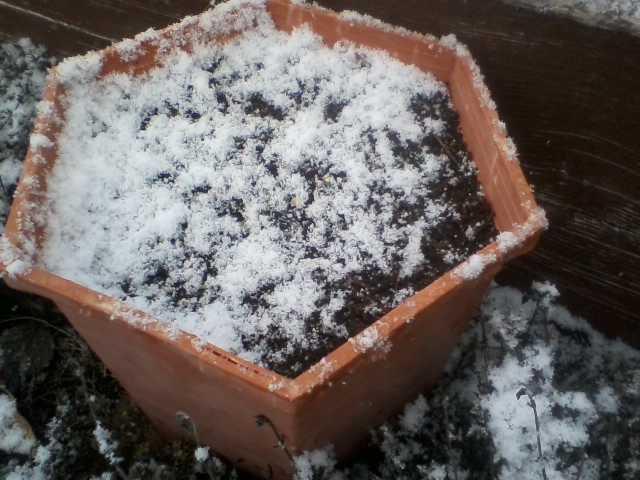
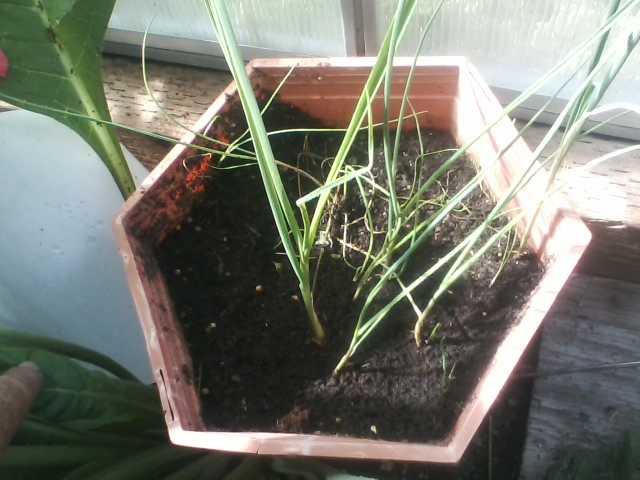




Cultivate abundance for people, plants and wildlife - Growing with Nature




 1
1




Daron Williams wrote:I got some of the serviceberry berries. Thinking about doing the fermenting method. Would I then let the seeds dry after that is done?











Hans Albert Quistorff, LMT projects on permies Hans Massage Qberry Farm magnet therapy gmail hquistorff

 2
2




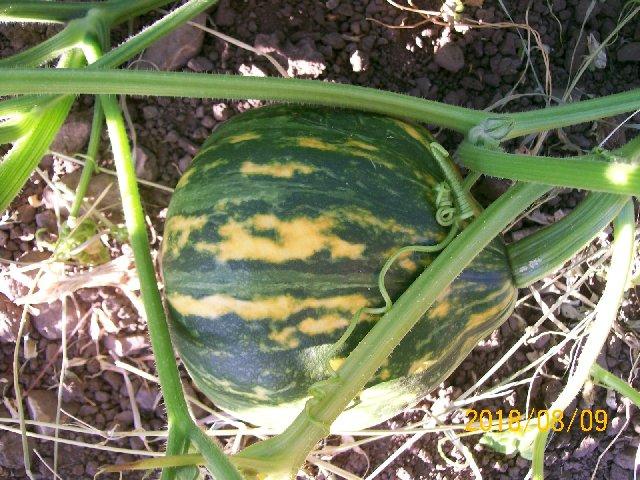
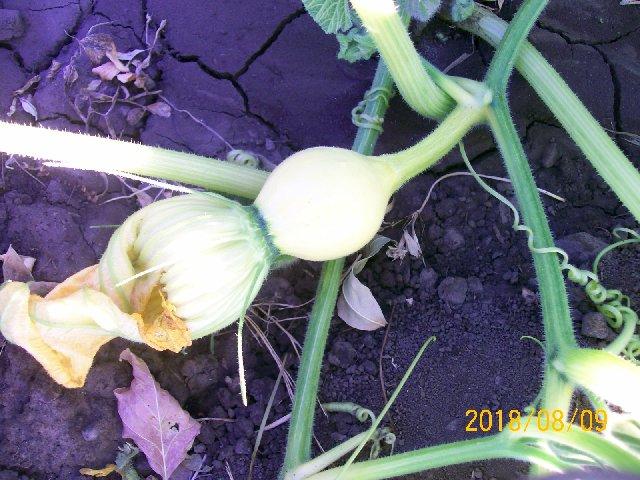
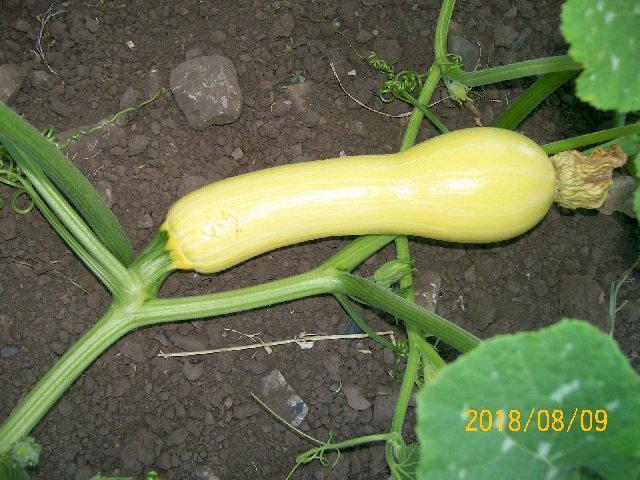
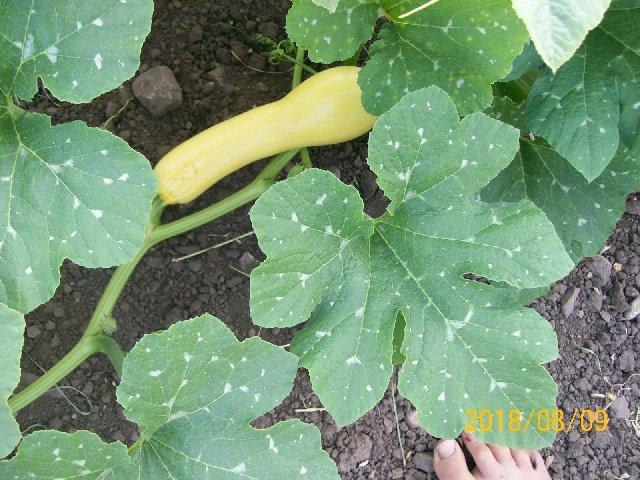
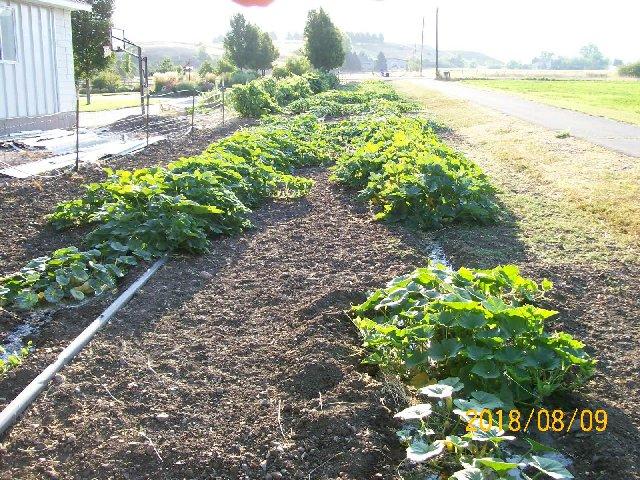

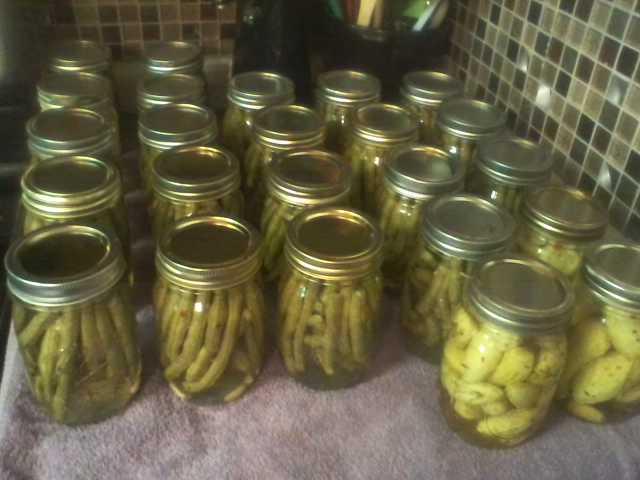






 2
2




Joseph Lofthouse wrote:Some of them (squash hybrids) show tremendous hybrid vigor!





















Hans Albert Quistorff, LMT projects on permies Hans Massage Qberry Farm magnet therapy gmail hquistorff

 2
2




Hans Quistorff wrote:What is your observation on sprinkler irrigation of squash. does it increase infection of the leaves or diminish it because the leaves don't cycle between limp and erect due to heat and water stress?
![Filename: squash-leaves-eaten.jpg
Description: What's wrong with my squash? [Thumbnail for squash-leaves-eaten.jpg]](/t/57161/a/64037/squash-leaves-eaten.jpg)

 1
1





 6
6




![Filename: joseph-promiscuous-tomato-flowers.jpg
Description: Promisous tomato flowers. [Thumbnail for joseph-promiscuous-tomato-flowers.jpg]](/t/57161/a/64283/joseph-promiscuous-tomato-flowers.jpg)
![Filename: markte-081818.jpg
Description: I sure love feeding my community [Thumbnail for markte-081818.jpg]](/t/57161/a/64284/markte-081818.jpg)
![Filename: sign-promiscuous-tomatoes.jpg
Description: [Thumbnail for sign-promiscuous-tomatoes.jpg]](/t/57161/a/64285/sign-promiscuous-tomatoes.jpg)

 1
1




![Filename: racoon-deterrent.jpg
Description: Radio in the corn patch [Thumbnail for racoon-deterrent.jpg]](/t/57161/a/64375/racoon-deterrent.jpg)





SKIP books, get 'em while they're hot!!! Skills to Inherit Property





Mike Jay wrote:Took me a while to figure out why you had an amputated chicken foot just to the right of your hen and chicks.





 1
1





 3
3




![Filename: wild-water.jpg
Description: Drinking wild water [Thumbnail for wild-water.jpg]](/t/57161/a/64476/wild-water.jpg)
![Filename: macintosh-apples.jpg
Description: Apples [Thumbnail for macintosh-apples.jpg]](/t/57161/a/64477/macintosh-apples.jpg)
![Filename: making-sauce-from-cherry-tomatoes.jpg
Description: Removing seeds and skins from cherry tomatoes [Thumbnail for making-sauce-from-cherry-tomatoes.jpg]](/t/57161/a/64478/making-sauce-from-cherry-tomatoes.jpg)
![Filename: boiling-sauce-double-pots.jpg
Description: Boiling down the sauce in two heavy bottomed pans, cause it goes faster. [Thumbnail for boiling-sauce-double-pots.jpg]](/t/57161/a/64479/boiling-sauce-double-pots.jpg)
![Filename: chili-sauce.jpg
Description: Chili sauce [Thumbnail for chili-sauce.jpg]](/t/57161/a/64480/chili-sauce.jpg)
![Filename: chili-sauce-bottled.jpg
Description: Bottled chili sauce [Thumbnail for chili-sauce-bottled.jpg]](/t/57161/a/64481/chili-sauce-bottled.jpg)

 1
1




![Filename: 0902181503-00.jpg
Description: Rabbit meat, hanging to dry before packaging. [Thumbnail for 0902181503-00.jpg]](/t/57161/a/64627/0902181503-00.jpg)
![Filename: 0901180921-01.jpg
Description: Farmer's market [Thumbnail for 0901180921-01.jpg]](/t/57161/a/64628/0901180921-01.jpg)
![Filename: 0901180921-05.jpg
Description: Farmer's market [Thumbnail for 0901180921-05.jpg]](/t/57161/a/64629/0901180921-05.jpg)
 2
2





 2
2





 2
2




 1
1










 1
1





 1
1





|
These are the worst of times and these are the best of times. And this is the best tiny ad:
turnkey permaculture paradise for zero monies
https://permies.com/t/267198/turnkey-permaculture-paradise-monies
|








